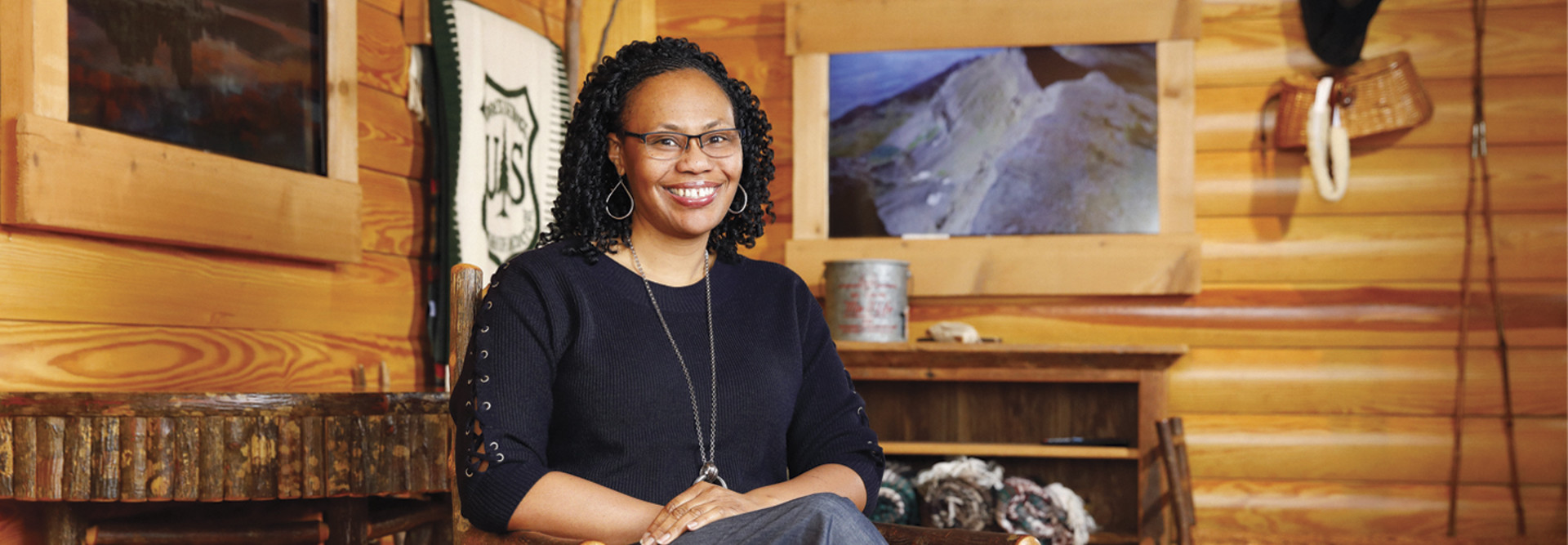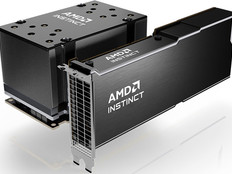Point-of-Sale Systems Reduce Friction in Transactions
As society goes increasingly cashless, from credit cards and e-commerce to digital wallets, federal agencies that accept payments have been following the lead of private sector retailers, developing POS systems that reduce payment friction in their transactions with the public and their own employees.
“POS systems are progressing, but probably not as quickly as most consumers would like,” says Bob Eastman, a retail analyst from research firm IDC. “Organizations are realizing there needs to be more omnichannel convergence. For government it can be especially challenging to make progress because their customers — employees and the public — are so diverse.”
For the Forest Service, many of the payments it collects are taken in forests or at national landmarks. And what had been cash-based for years has evolved into something more modern.
“For a while, many of our locations couldn’t accept credit cards, leaving them with a cash-based process that was labor-intensive,” says Daniel Cha, administrative program manager at the Forest Service.
The agency adopted Oracle Retail in 2009 and has been adding features and services over the ensuing years. In 2016, it upgraded to Oracle Retail version 14 to support distributed Verifone EMV (or Europay, Mastercard, Visa) devices that accept credit cards containing EMV chips, as mandated by those three payment processors.
Today, anyone walking into a Forest Service location that takes payments will find a laptop running Oracle Retail and an attached Verifone EMV reader. Because of the distributed nature of many Forest Service locations, each has a local server for processing payments via pay.gov, and each server syncs back to the agency’s central data center.
The Open Forest system processes online credit card transactions via pay.gov, which passes payment information back to the Forest Service’s POS; that device can accept certain transaction metadata from pay.gov. The POS system is set up so forest administrators can generate reports about Christmas tree permit sales within the Open Forest program.
“We take payments for a variety of things — trees, maps, permits, recreation passes, even permits for filming movies,” explains Robin Key, system accountant at the Forest Service who oversees the agency’s POS system.
When the Forest Service upgraded its POS system to comply with EMV in 2016, Key says, the agency saw a spike in both credit card transactions and revenue. Today, the system supports credit card payments at 734 sites across 124 national forests and regional offices. Since it launched a decade ago, the POS system has processed 5 million transactions and $500 million.
READ MORE: Find out how the IRS wants to use mobile tech to collect overdue taxes.
DeCA, CBP Upgrade Their POS Systems
Other agencies are also looking to implement new POS systems in order to better serve their customers. The Defense Commissary Agency is in the process of rolling out a new POS system at its military commissaries around the world.
“DeCA’s legacy point-of-sale system was deployed in 2006-2008 and has exceeded it useful life,” according to a statement from the agency. “DeCA needed new POS software and hardware that was designed upfront to help DeCA run its commissaries more efficiently, create exceptional patron experiences, and lower total cost of ownership to the agency.”
DeCA’s POS solution, procured under the Enterprise Business Solution contract vehicle, is composed of NCR’s Emerald next-generation POS software. According to DeCA, Emerald combines enterprise POS and integrated payments with the capability to support a full range of retail-specific hardware, software and services.
Out of the box, it integrates with several core functions DeCA needed for its POS rollout, including self-checkout, loyalty programs, merchandising, pricing and management.











